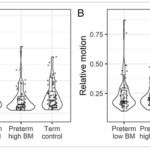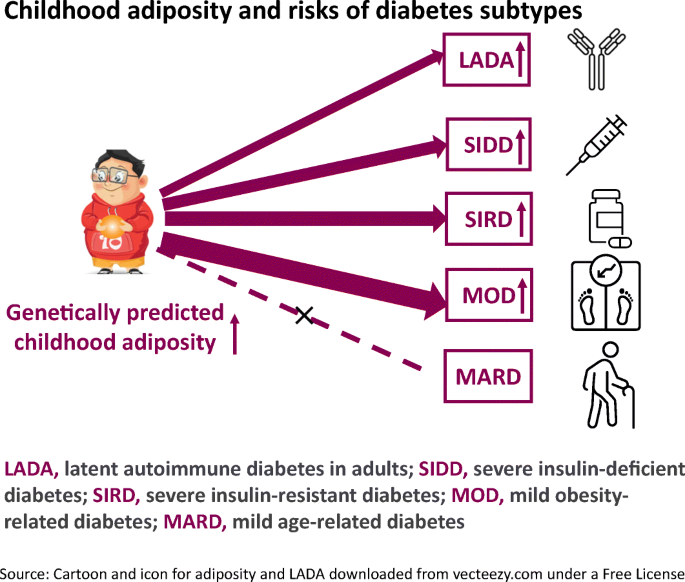2023-02-28 カロリンスカ研究所(KI)
この研究は『Cell Reports Medicine』誌に掲載され、炎症性疾患の変化は、限られた数の「オフとオン」スイッチタンパク質によって制御される分子プログラムとして組織化できることが示唆されています。
デジタルツインは、血液や組織から採取した数千の個々の細胞の遺伝子一つ一つの活性を分析することで、患者固有の状況に合わせて調整することができ、個々の患者に適した薬剤の組み合わせを調整するために使用することができる。
この研究は、リンショーピン大学、ハーバード大学をはじめ、米国、中国、韓国の大学と共同で行われました。
<関連情報>
- https://news.ki.se/digital-twin-opens-way-to-effective-treatment-of-inflammatory-diseases
- https://www.cell.com/cell-reports-medicine/fulltext/S2666-3791(23)00048-4
多臓器単一細胞解析により、免疫疾患の個別化治療の可能性を秘めたオン/オフスイッチシステムが明らかになった Multi-organ single-cell analysis reveals an on/off switch system with potential for personalized treatment of immunological diseases
Sandra Lilja,Xinxiu Li,Martin Smelik,Eun Jung Lee,Joseph Loscalzo,Pratheek Bellur Marthanda,Lang Hu,Mattias Magnusson,Oleg Sysoev,Huan Zhang,Yelin Zhao,Christopher Sjöwall,Danuta Gawel,Hui Wang,Mikael Benson
Cell Reports Medicine Published:February 28, 2023
DOI:https://doi.org/10.1016/j.xcrm.2023.100956

Highlights
•scRNA-seq of mouse arthritis shows organome-, cellulome-, and genome-wide changes
•Those changes are switched on or off by pro- or anti-inflammatory regulators
•A similar, but graded, on/off switch system is found in human immune diseases
•Targeting regulators of this system may be exploited for personalized treatment
Summary
Prioritization of disease mechanisms, biomarkers, and drug targets in immune-mediated inflammatory diseases (IMIDs) is complicated by altered interactions between thousands of genes. Our multi-organ single-cell RNA sequencing of a mouse IMID model, namely collagen-induced arthritis, shows highly complex and heterogeneous expression changes in all analyzed organs, even though only joints showed signs of inflammation. We organized those into a multi-organ multicellular disease model, which shows predicted molecular interactions within and between organs. That model supports that inflammation is switched on or off by altered balance between pro- and anti-inflammatory upstream regulators (URs) and downstream pathways. Meta-analyses of human IMIDs show a similar, but graded, on/off switch system. This system has the potential to prioritize, diagnose, and treat optimal combinations of URs on the levels of IMIDs, subgroups, and individual patients. That potential is supported by UR analyses in more than 600 sera from patients with systemic lupus erythematosus.


